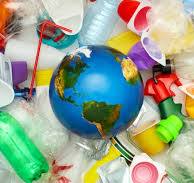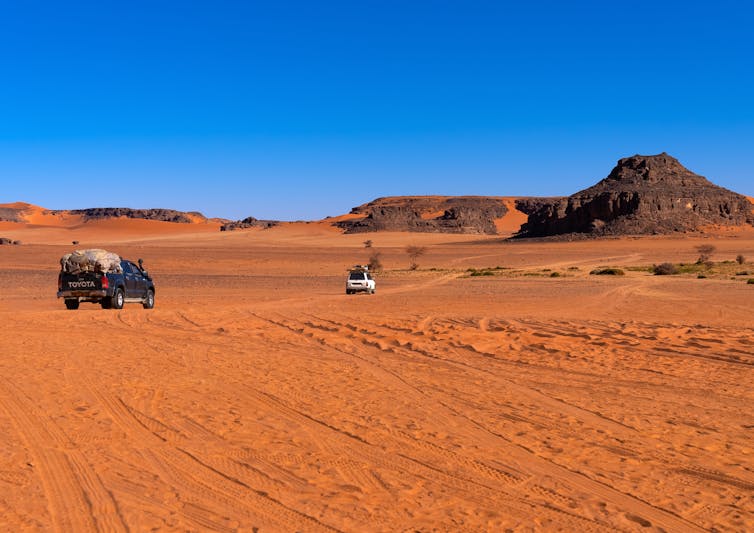– Green bond issuance is expected to reach an all-time high of $500bn this year
– Demand for social, sustainability and blue bonds has also grown in 2021
– COP26 has helped facilitate increased funding for emerging markets
– Efforts are being directed towards creating universal sustainable finance guidelines
In a year in which significant political efforts have been made to speed up the energy transition, 2021 has also been record-breaking for green finance, as governments, international institutions and lenders alike seek to support the shift towards renewables.
Mirroring developments that are expected to see new renewable energy generation capacity reach an all-time annual high of 290 GW this year, the issuance of green bonds – financial instruments that fund environmentally sustainable projects – is forecast to reach a record-breaking level of $500bn this year, according to the Climate Bonds Initiative (CBI). This is a 46% increase on last year’s figure of $270bn, which itself was an all-time record.
Emblematic of the increased appetite for sustainable finance was the EU’s $14bn issuance of green bonds in October, the largest ever of its kind. The money raised will be distributed among member states, to be used for clean energy projects and developments that help governments achieve carbon neutrality by 2050.
While Europe is a leader in the issuance of green bonds, a number of emerging markets have also made significant progress on this front.
For example, in April Saudi tourism project developer The Red Sea Development Company secured a SR14.1bn ($3.8bn) green bond from four Saudi banks, with the funds to go towards building 16 renewable energy-powered hotels across the country.
Meanwhile, in a sign of the green potential of Islamic finance, in June Indonesia raised a $3bn sovereign sukuk (Islamic bond) that will help fund sustainable development projects.
Highlighting the potential future growth of the segment, the CBI predicts that green bond issuances will crack the $1trn mark in 2023.
Social, sustainability and blue finance
Although green bonds are the most prominent form of climate-focused finance, the development and expansion of a number of other innovative financial instruments has also supported the shift towards decarbonisation.
For example, social bonds – which raise money for projects with positive social outcomes – and sustainability bonds – a mix of green and social bonds – have grown dramatically over the past two years on the back of attempts to build a sustainable platform for post-coronavirus economic growth.
Elsewhere, blue bonds have also gained traction throughout 2021, even while they account for a considerably smaller portion of market share.
Similar in their function to green bonds, blue bonds are debt instruments issued to support investment in marine-friendly initiatives and the blue economy.
Following the launch of the world’s first sovereign blue bond in 2018, when the Seychelles raised $15m from international investors to help fund the expansion of marine areas and improved governance of the fisheries industry, a number of institutions have since launched their own. For instance, in September the Asian Development Bank (ADB) issued its first ever blue bond, a $151m, 15-year issue that will finance ocean-related projects in Asia and the Pacific.
Meanwhile, in one of the more innovative developments in recent times, in September Belize launched a debt-for-nature swap as part of a strategy to restructure its sole sovereign bond.
The proposal consisted of Belize buying back its debt at a significant discount in exchange for increasing efforts to protect its marine environment.
While it was not the first debt-for-nature swap – Bolivia made the first such deal in 1987 – the development could set a precedent for emerging markets looking to raise funds, particularly given the increasing focus on environmental, social and governance metrics.
In particular, these tools are likely to appeal to island or coastal emerging markets, such as those in Latin America and the Asia-Pacific, many of which have suffered economically in recent years as Covid-19 gave rise to a sharp decline in tourism.
Funding the transition
In addition to funding new environmentally friendly projects, global financial markets have also turned to specific tools designed to ensure a responsible transition towards low-carbon sources of energy.
One of these is the transition bond. A relatively new class of debt instrument, transition bonds are used to fund a company’s transition towards reduced environmental impact or lower carbon emissions. They are often issued in fields that would not normally qualify for green bonds, such as large carbon-emitting industries like oil and gas, iron and steel, chemicals, aviation and shipping.
Although still a nascent segment, there were 14 transition bond issuances worth $5bn in the first nine months of the year, according to the CBI, accounting for more than half of the $9.9bn issued since their inception in 2018.
Elsewhere, the UN Climate Change Convention (COP26), held in Glasgow in November, provided a boost to other transition-related solutions.
Amid other emissions-based pledges, world leaders also agreed to reform global carbon markets and agree on a universal set of rules for carbon trading, seen as key tools in the transition towards decarbonisation.
In fact, many expect the development to lead to an increase in climate-friendly investment in lower-income nations.
Also in November, France, Germany, the UK, US and EU announced a groundbreaking plan to help fund South Africa’s energy transition.
With an initial commitment of $8.5bn, the partnership aims to save 1-1.5 gigatonnes of emissions over the next 20 years by accelerating South Africa’s shift away from coal and towards low-emission sources of energy.
Turning away from fossil fuels
The increase in demand for sustainable finance has naturally coincided with a move away from funding fossil fuel projects.
Indeed, on the sidelines of COP26 – where signatories agreed to “phase down” the use of coal, among other climate-focused commitments – 34 countries and four international finance institutions signed up to a separate pledge to end financing for “unabated” fossil fuel projects in overseas countries by the end of 2022.
This followed similar commitments made by China, Japan and South Korea, while earlier this year the ADB announced that it would no longer fund coal mining or oil and natural gas production and exploration.
In addition to governments and international institutions, a number of banks and major financial institutions including HSBC, Fidelity International and Ethos also agreed to end the funding of unabated coal at the Glasgow conference. In this, it joins major lenders like Citibank, which in April announced that it would stop financing thermal coal mining, with a view to eliminating its credit exposure entirely by 2030.
These examples have highlighted how large financial institutions can play a key role in the energy transition. On a similar note, the insurance industry has a potentially significant role to play in the shift towards decarbonisation.
In July eight of the world’s largest insurers and reinsurers – AXA, Allianz, Aviva, Generali, Munich Re, SCOR, Swiss Re and Zurich – established the Net-Zero Insurance Alliance, a UN-convened body that has the goal of transitioning their underwriting portfolios to net-zero greenhouse gas emissions by 2050.
This follows action from some global frontrunners such as Australian insurance giant Suncorp, which in 2019 announced that it would no longer invest in, finance or insure new thermal coal mines or power plants, and that it would not underwrite any existing thermal coal projects after 2025.
The company then went a step further last year, saying that it would no longer directly finance or insure new oil and gas projects, and that it would also phase out financing and underwriting for oil and gas exploration or production by 2025.
Combatting greenwashing
While broadly welcomed globally, these shifts towards green finance have increased calls for updated and more stringent rules on what constitutes sustainable finance.
Although many countries, institutions and stock exchanges have their own rules, there are concerns that a lack of universal guidelines could lead to widespread greenwashing from governments and private corporations alike, particularly in light of the rapid growth in green finance.
To help address the situation, in recent months China and the EU have collaborated on developing joint green investment standards, releasing a report in November that outlined how green investment guidelines could be aligned.
While still at an early stage, this type of cooperation is seen as necessary to facilitating the growth of green finance in the future.
Courtesy: Oxford Group





















